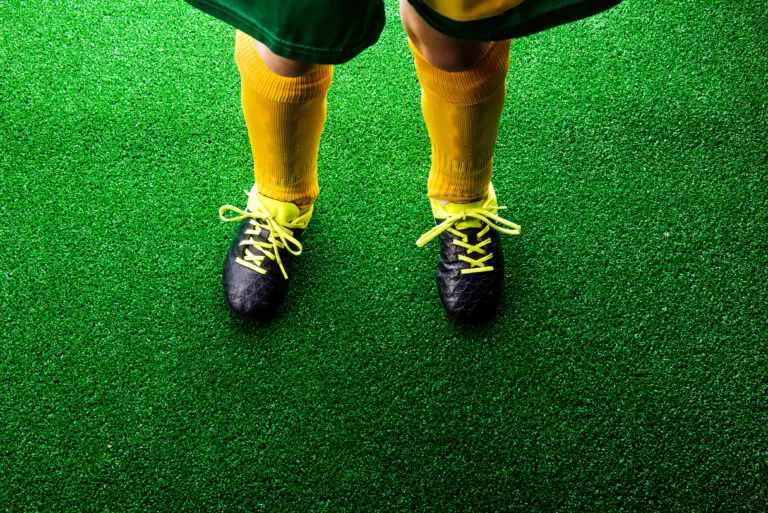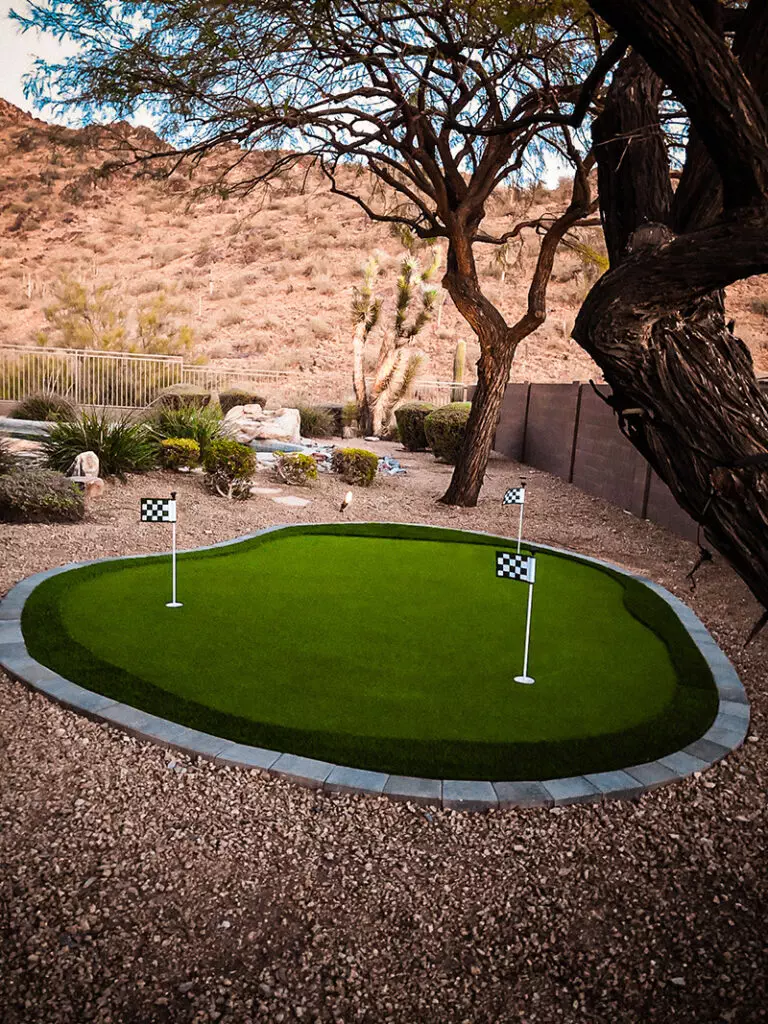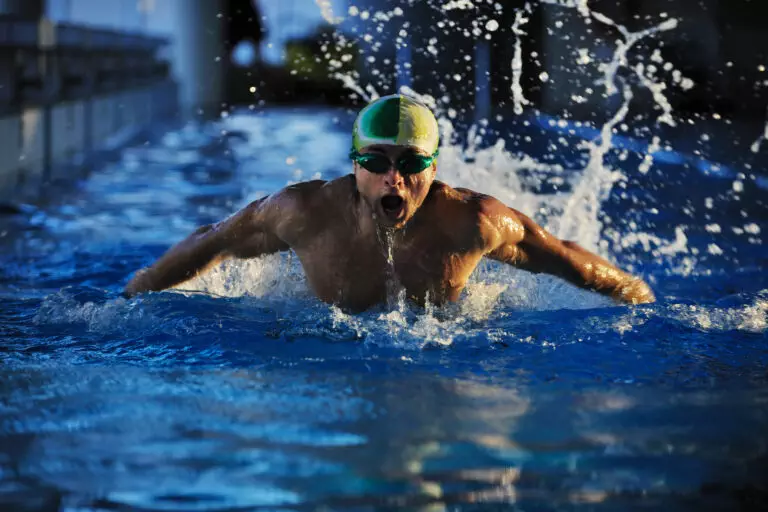Artificial turf has become increasingly popular in recent years, especially among athletes and sports enthusiasts. This is because artificial grass offers a number of benefits over natural grass that make it an ideal choice for athletic fields. In this blog post, we will explore the reasons why you should choose artificial turf over natural grass for your next athletic field project.
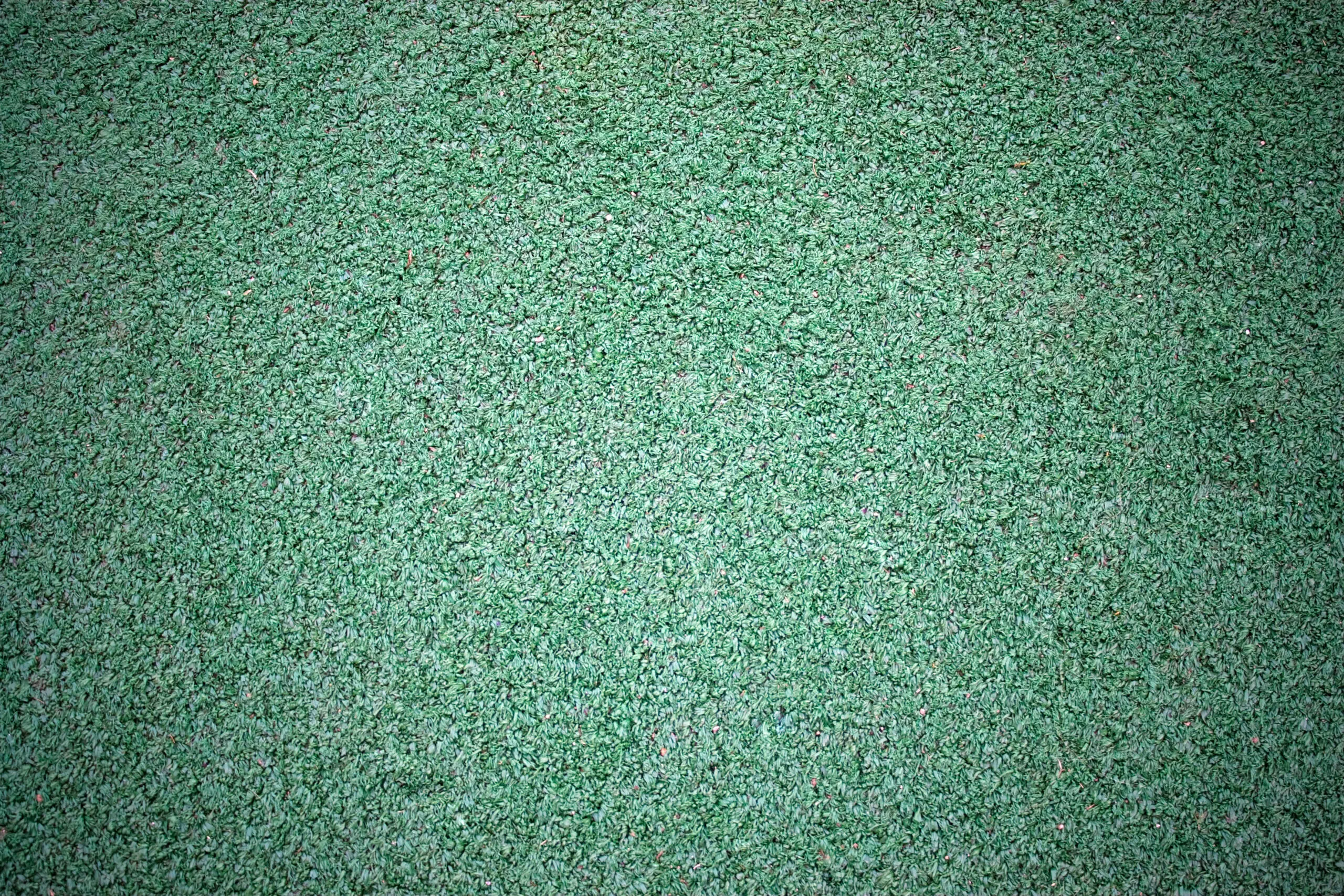
Introduction to Artificial Turf for Athletics
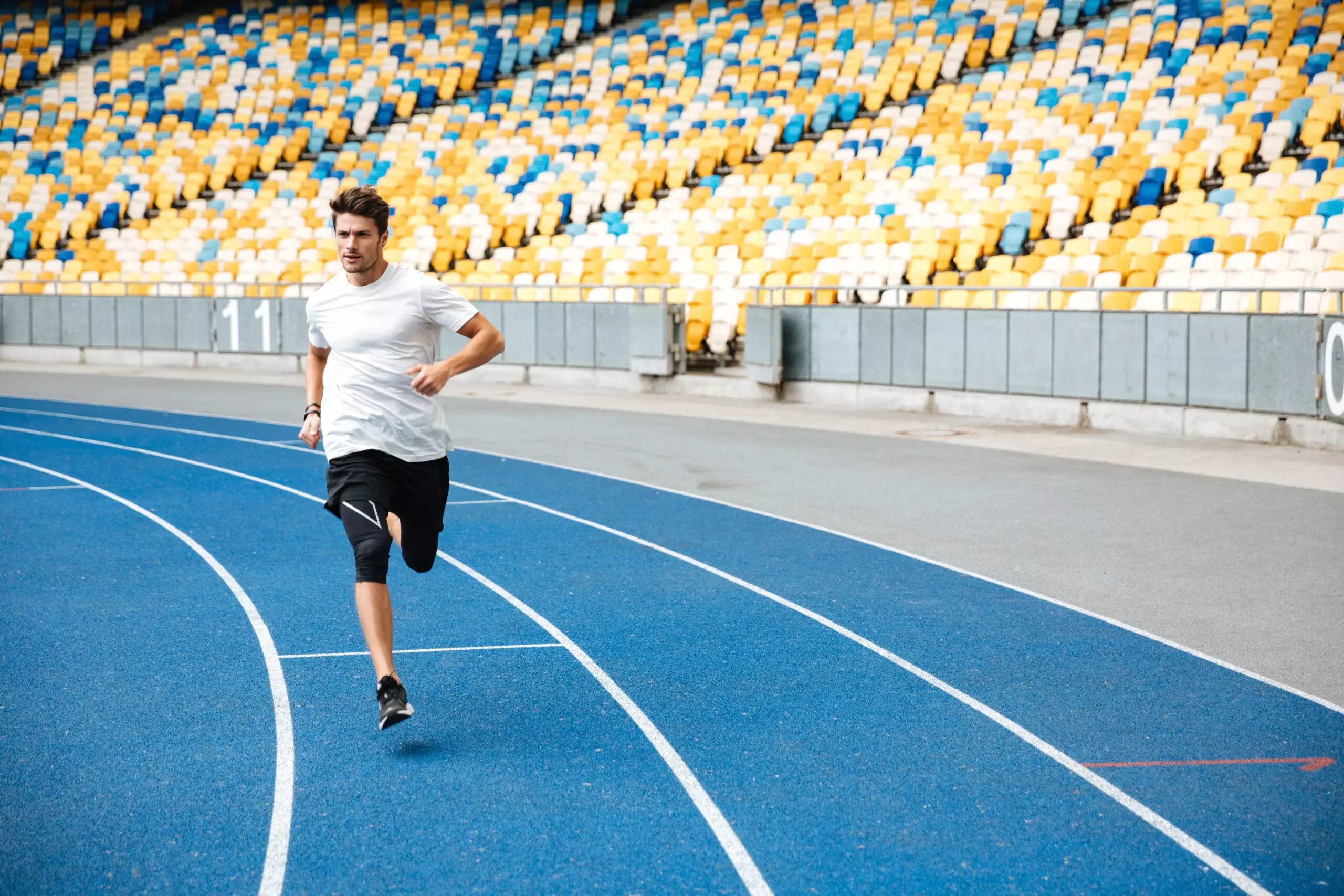
Artificial turf, also known as synthetic turf or fake grass, is made from durable materials such as polypropylene, nylon, or polyethylene fibers. These fibers are woven together to create a surface that mimics real grass but with added advantages. Unlike natural grass, which requires regular watering, fertilizing, and mowing, artificial turf needs little maintenance once installed. It can be used year-round without fear of damage from weather conditions like rain or snow. Additionally, it provides a consistent playing surface that reduces injuries and fatigue, making it perfect for high-impact activities like football, soccer, and baseball.
The Benefits of Using Artificial Grass for Athletic Fields
One of the main benefits of using artificial turf for athletic fields is its durability. Unlike natural grass, which can wear out quickly under heavy use, artificial turf can withstand constant foot traffic without showing signs of wear. This makes it ideal for high-traffic areas like stadiums and public parks where thousands of people may use the space each day. Another benefit of artificial turf is its versatility. It can be used on any type of terrain, including uneven surfaces, hills, and slopes, making it suitable for unique architectural designs. Moreover, artificial turf does not require pesticides or herbicides, making it environmentally friendly.
Which Artificial Grass is Best for Athletics?
There are several types of artificial turf available on the market today, each designed for specific uses. For athletic fields, there are two main types of artificial turf: long-pile and short-pile. Long-pile turf is best suited for softball and baseball fields due to its cushioning effect, while short-pile turf is better for football and soccer fields since it provides more traction and speed. The infill material used in artificial turf is also important. Crumb rubber, sand, and organic materials are commonly used infills, each offering different levels of shock absorption and stability.
Installing and Maintaining an Artificial Turf Athletic Field
Installing artificial turf involves preparing the site, laying down a base layer, installing the turf itself, and adding an infill material. Professionals recommend hiring experienced contractors who specialize in artificial turf installation to ensure proper drainage and leveling. Once installed, maintaining artificial turf is relatively easy. Regular brushing and cleaning can remove debris and keep the turf looking fresh. Replacing damaged sections and reapplying infill material may also be necessary periodically.
Cost Comparison: Natural vs. Artificial Grass for Athletics
Although initial costs associated with installing artificial turf may be higher than those of natural grass, the long-term savings make it worthwhile. Maintenance costs for natural grass can add up quickly, including expenses for watering, mowing, and fertilizer. With artificial turf, these costs are eliminated, resulting in significant cost savings over time. Furthermore, artificial turf can increase property value by enhancing the appearance and functionality of athletic fields.
Conclusion: Why Choose Artificial Turf Over Natural Grass for Athletics
In conclusion, choosing artificial turf over natural grass for athletic fields offers numerous benefits. From increased durability and versatility to reduced maintenance costs and environmental friendliness, artificial turf is the superior choice for high-performance athletic spaces. Whether you’re building a new athletic facility or renovating an existing one, consider investing in artificial turf to enhance safety, performance, and longevity.



